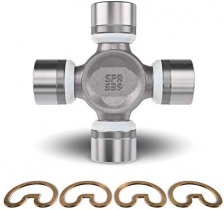-
Welcome to Tacoma World!
You are currently viewing as a guest! To get full-access, you need to register for a FREE account.
As a registered member, you’ll be able to:- Participate in all Tacoma discussion topics
- Communicate privately with other Tacoma owners from around the world
- Post your own photos in our Members Gallery
- Access all special features of the site
3rd Gen Fuel Filter and Low Pressure Pump System
Discussion in '3rd Gen. Tacomas (2016-2023)' started by JamesT, Sep 29, 2020.
Page 2 of 3
Page 2 of 3


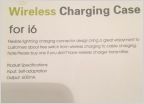 Qi Charging for iPhone
Qi Charging for iPhone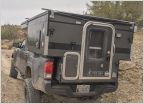 Dakars (95r) air bag and cradle or dakars 96r with el46xl?
Dakars (95r) air bag and cradle or dakars 96r with el46xl? MT Accumulator Delete Mod (ADM) and BS Thread
MT Accumulator Delete Mod (ADM) and BS Thread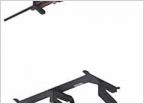 SR Access Cab storage
SR Access Cab storage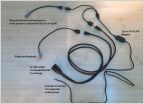 Plug N play harness to relocate USB port.
Plug N play harness to relocate USB port. Velcro interior?
Velcro interior?


















































